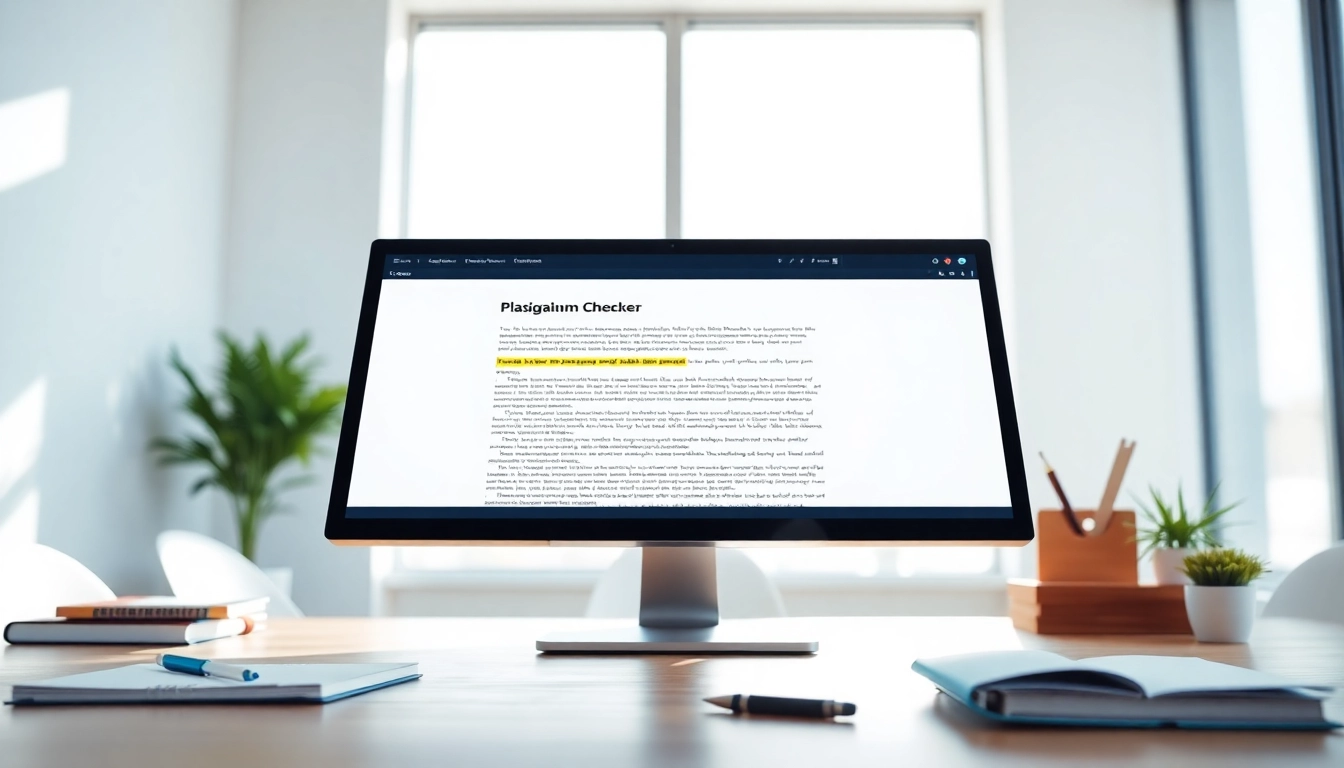

No-Code in Gambling: The Rise of Instant Casinos
In the rapidly evolving world of iGaming, a new wave of technology is transforming the industry—no-code platforms. These tools allow operators to build and launch online casinos quickly, without the need for extensive coding knowledge. This shift is paving the way for the rise of instant casinos, making online gambling more accessible, faster to launch, and more scalable. Let’s explore how no-code solutions are reshaping the gambling landscape.
The Power of No-Code Technology in iGaming
No-code platforms provide an intuitive way for businesses to create digital solutions, including casino platforms, without writing a single line of code. Traditionally, developing a casino website or app required highly skilled developers to create customized platforms. Now, no-code tools allow even small startups to build fully-functional casino platforms, which reduces both time and cost.
These platforms are designed with user-friendly interfaces, making it easy for operators to modify game features, payment systems, and promotional tools. For example, a casino operator can easily implement game integration, player management, and security features with just a few clicks.
Instant Casinos: Fast, Flexible, and Scalable
One of the major advantages of no-code platforms is their ability to create instant casinos. These are gambling platforms that can be set up and launched in a fraction of the time compared to traditional development methods. No-code solutions offer templates, pre-built integrations, and drag-and-drop functionalities that speed up the entire process.
Instant casinos are ideal for entrepreneurs who want to enter the iGaming industry but lack the technical expertise to develop a custom solution from scratch. With no-code, launching a casino can be as simple as selecting a template, customizing the branding, and activating the games. The flexibility of no-code platforms also means that as the business grows, the casino can evolve with it, scaling seamlessly to accommodate more players and new games.
A Competitive Edge: How No-Code Supports Casino Operators
For operators in the competitive iGaming space, speed to market is critical. No-code solutions enable operators to launch new casinos quickly, giving them an edge in a market that moves at lightning speed. This is especially beneficial when a new game or trend emerges, allowing operators to jump on the opportunity before competitors.
Moreover, no-code platforms can integrate with various third-party services, such as payment gateways, marketing tools, and CRM systems. This integration enhances the functionality of casinos without requiring complex custom development, enabling operators to focus on user engagement and monetization.
By leveraging no-code solutions, casinos can focus more on the player experience, such as offering bonuses, managing loyalty programs, and optimizing game offerings, instead of worrying about technical infrastructure. This ease of use opens the door for a broader range of businesses to participate in the growing online gambling market.
Embrace the Future of Gambling with Turnkey Casino Software
The rise of no-code technology in iGaming is a game-changer for the industry. It opens up new opportunities for businesses to launch and scale online casinos rapidly and efficiently. If you’re interested in exploring how turnkey solutions can accelerate your entry into the casino market, Turnkey Casino Software provides a comprehensive package for operators to get started quickly and scale their operations effortlessly.
Conclusion
No-code technology is revolutionizing the iGaming industry by enabling instant casino launches and giving businesses the tools they need to stay competitive. For those looking to explore the future of online casinos, turnkey solutions offer an ideal starting point. Whether you are a startup or an established operator, no-code platforms provide a flexible, scalable way to grow in this exciting industry.
Explore the possibilities of Turnkey Casino Software and stay ahead of the curve as the future of online gaming unfolds.

Enhance Your Writing with a Reliable Plagiarism Checker Tool
Understanding Plagiarism and Its Consequences
Plagiarism is a critical concern in academic, professional, and creative fields alike. As the internet has expanded access to information, the ease with which individuals can copy others’ work has increased, making it essential to understand not only what constitutes plagiarism but also how to prevent it. This article delves into the complexities of plagiarism, its consequences, and how tools like a plagiarism checker can help uphold integrity in writing.
What is Plagiarism?
Plagiarism, at its core, refers to the improper quotation or redistribution of someone else’s work, ideas, or expressions without appropriate attribution. It can manifest in several ways, including copying text verbatim, paraphrasing without credit, or even reusing one’s own previous work without acknowledgment, known as self-plagiarism. Understanding plagiarism involves recognizing not just the act of copying but the ethical implications surrounding it and the importance of originality in both academic and professional landscapes.
Types of Plagiarism
Plagiarism can be categorized into multiple types, each with specific implications:
- Direct Plagiarism: Copying someone else’s work word-for-word without attribution.
- Self-Plagiarism: Reusing material from one’s past publications without acknowledgment.
- Complete Plagiarism: Submitting an entire work as one’s own that has been written by someone else.
- Paraphrasing Plagiarism: Rewording someone else’s ideas or work without proper citation.
- Mosaic Plagiarism: Blending copied phrases from different sources into one’s work without appropriate attribution.
- Accidental Plagiarism: Unknowingly failing to cite, misquoting, or paraphrasing without recognition due to lack of knowledge.
The Importance of Originality in Writing
Originality in writing is paramount across all fields, as it reflects critical thinking and creativity. Academic integrity relies heavily on the acknowledgment of sources, which fosters a respect for intellectual property. In professional settings, originality can contribute to innovation and advancements in various sectors. Therefore, knowing how to produce original content and properly credit sources is essential for anyone involved in writing.
How a Plagiarism Checker Works
Plagiarism checkers are essential tools designed to detect instances of plagiarism in text accurately. These tools analyze documents through a set of algorithms, comparing texts against a database of existing materials. They help users ensure that their writing is both original and free from unintentional plagiarism.
Key Features of Effective Plagiarism Checkers
When selecting a plagiarism checker, consider the following essential features:
- Database Size: A comprehensive database that includes academic publications, online articles, and a wide array of content sources increases accuracy.
- Real-Time Scanning: Effective checkers offer instant results and highlight plagiarized content.
- Detailed Reports: Clear reports that illustrate the percentage of similarity, original sources, and areas requiring citation provide helpful guidance.
- User-Friendliness: A simple, intuitive interface can enhance user experience.
- Multiple Format Support: Compatibility with various file formats (e.g., PDF, DOCX) is crucial for flexibility in use.
Understanding Similarity Reports
Once a text is scanned, a similarity report is generated. This report will often provide a percentage indicating how much of the text matches known sources. It can also highlight specific sections that match other texts or publications. Understanding how to read these reports can aid in making necessary revisions and ensuring a higher level of originality.
Technology Behind Plagiarism Detection
Plagiarism detection tools employ advanced algorithms and artificial intelligence to analyze text. These technologies assess lexical and semantic similarities, enabling the identification of paraphrased content or conceptually similar ideas. Moreover, machine learning can refine the detection process, continuously improving the effectiveness of the checkers over time.
Choosing the Right Plagiarism Checker for You
Selecting a plagiarism checker requires careful consideration to ensure it meets your unique needs. Factors such as budget, specific features, and user needs should guide your decision.
Comparing Free vs. Paid Plagiarism Checkers
Free plagiarism checkers can offer basic features suitable for casual users, but they often lack the comprehensiveness and reliability of paid options. Paid tools typically provide deeper scans, accessing extensive databases, and generating more detailed reports. Evaluate your requirements to determine which option best fits your situation.
Top Features to Consider
When evaluating plagiarism checkers, prioritize the following features:
- Accuracy: Choose a tool known for its precision in detecting plagiarism.
- Speed: Consider tools that offer rapid results, particularly for bulk text analysis.
- User Reviews: Look for reviews and testimonials to gauge user satisfaction and effectiveness.
- Integration: Some tools provide integration with writing platforms, making the checking process seamless.
User Reviews and Ratings
Checking user reviews can be highly informative. Look for feedback on the accuracy, ease of use, customer service, and overall satisfaction levels. Many independent review sites and feedback forums can provide insights into the user experience with various plagiarism checkers.
Best Practices for Avoiding Plagiarism
While tools like plagiarism checkers are invaluable for detecting issues after writing, they are not a substitute for good writing practices. Implementing effective strategies can help avoid plagiarism in the first place.
Proper Citation and Referencing
Understanding and correctly applying citation styles (such as APA, MLA, or Chicago) are crucial for attributing sources faithfully. Familiarize yourself with the conventions of your chosen style and consistently apply them to all materials referenced in your work.
Paraphrasing Techniques
Successful paraphrasing means not just changing a few words but reorganizing the structure of the original content while conveying the same ideas. This aids in expressing your understanding of a subject while also avoiding plagiarism. Practicing these techniques will result in a more authentic writing style.
Utilizing Writing Resources
Numerous writing resources are available to assist in creating original content. These include writing centers, guides, and online resources that provide insights into effective writing practices. Taking advantage of these can significantly mitigate the risks of plagiarism.
Future Trends in Plagiarism Detection
As technology advances, the landscape of plagiarism detection continues to evolve. Staying attuned to emerging trends will be crucial for integrating new solutions into your writing workflow.
AI in Plagiarism Checking
Artificial intelligence (AI) is increasingly utilized in plagiarism detection. AI-powered tools can learn from previous data, improving their ability to detect nuanced instances of plagiarism, including paraphrasing and concept similarity.
Evolving Standards in Academic Integrity
With the rise of digital content, concepts of academic integrity are continuously evolving. Institutions are increasingly implementing stricter measures against plagiarism, leading to new guidelines and expectations in how original work is defined and assessed.
New Tools and Technologies on the Horizon
As detection methods evolve, new tools equipped with enhanced features will become available. Innovations may include more sophisticated algorithms that detect even more nuances in writing, software that classifies types of plagiarism, or collaborative platforms that promote ethics in writing and research.









